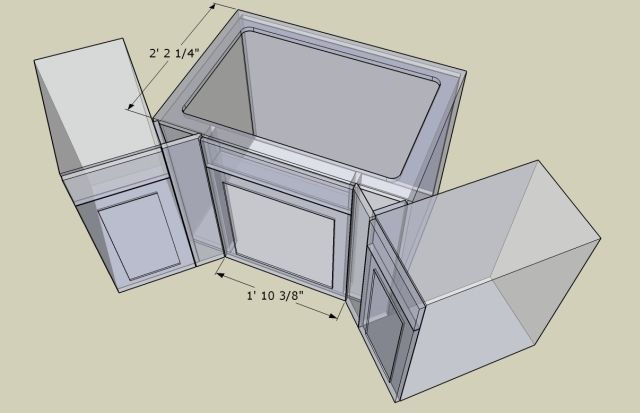Question
I am wondering what everyone uses for a long straight edge? I need to do a few 8-10 feet glue-ups, and my jointer bed isn't long enough to handle these well. This is only an occasional need for me, so I don't mind clamping and routing, but I'm not sure what’s the best thing to use for a straight edge. It needs to be stiff enough to rout against without flexing. I'm wondering about an aluminum extrusion, but I'm not sure how straight these are made? I tried an aluminum angle in the past, but it flexed. Any ideas are appreciated.
Forum Responses
(Cabinetmaking Forum)
From contributor S:
How big is your jointer? If at all possible construct a temporary in feed and out feed to your jointer. It doesn't take that long to make one, and if you spend a little time designing it and building it you can store it in your shop for future use. We have a large 16" jointer, but the bed is only 7' long. We occasionally mill long stock (over 16') and use a shop built in feed and out feed system.
It works great, but did take probably two-three hours to make. We made ours so it can be clamped to the jointer and it has adjustable legs to account for the floor being out of parallel and the depth of cut. We just used adjustable levelers on the bottom of the legs. We made ours so the legs come off so it doesn't take up a lot of space when not being used.
After you straighten your board with the saw you can joint that edge to remove the saw marks.
It’s hard to narrow boards this way because the bow will be pushed out by your hand as you feed through the saw. Sometimes I put a few shims in between the straightening board and the hollow of the crooked board.
A more time consuming way is to clamp your crooked board along the edge of a sheet of PB or MDF and then route the edge straight with a flush trim bit. The factory edges of a full sheet are usually straight. I used this method to get my 2x straightening boards straight. I had to be done in two passes because the MDF was only 8' long.
Comment from contributor H:
I had a similar challenge building a 10' desktop. I used a 10 foot steel stud and I checked it with a 20 foot aluminum straight ladder. It worked very well and turned out surprisingly tight.
